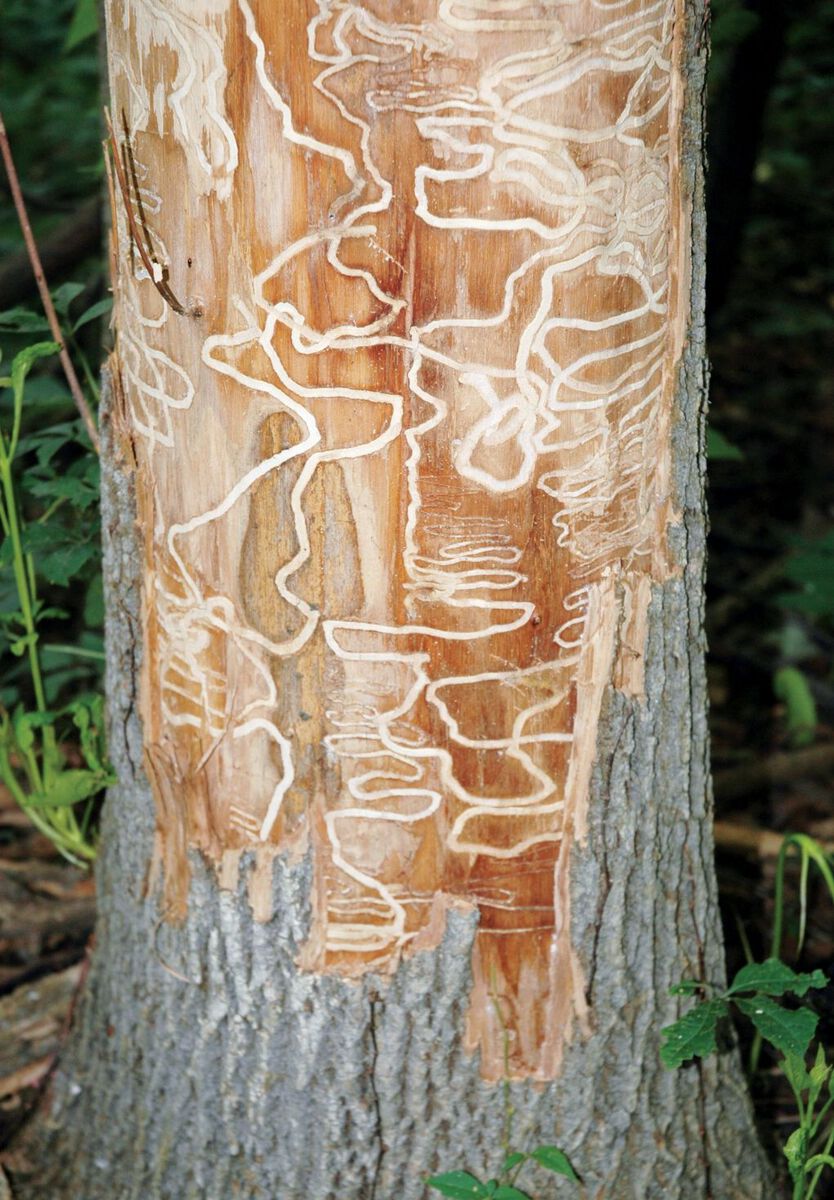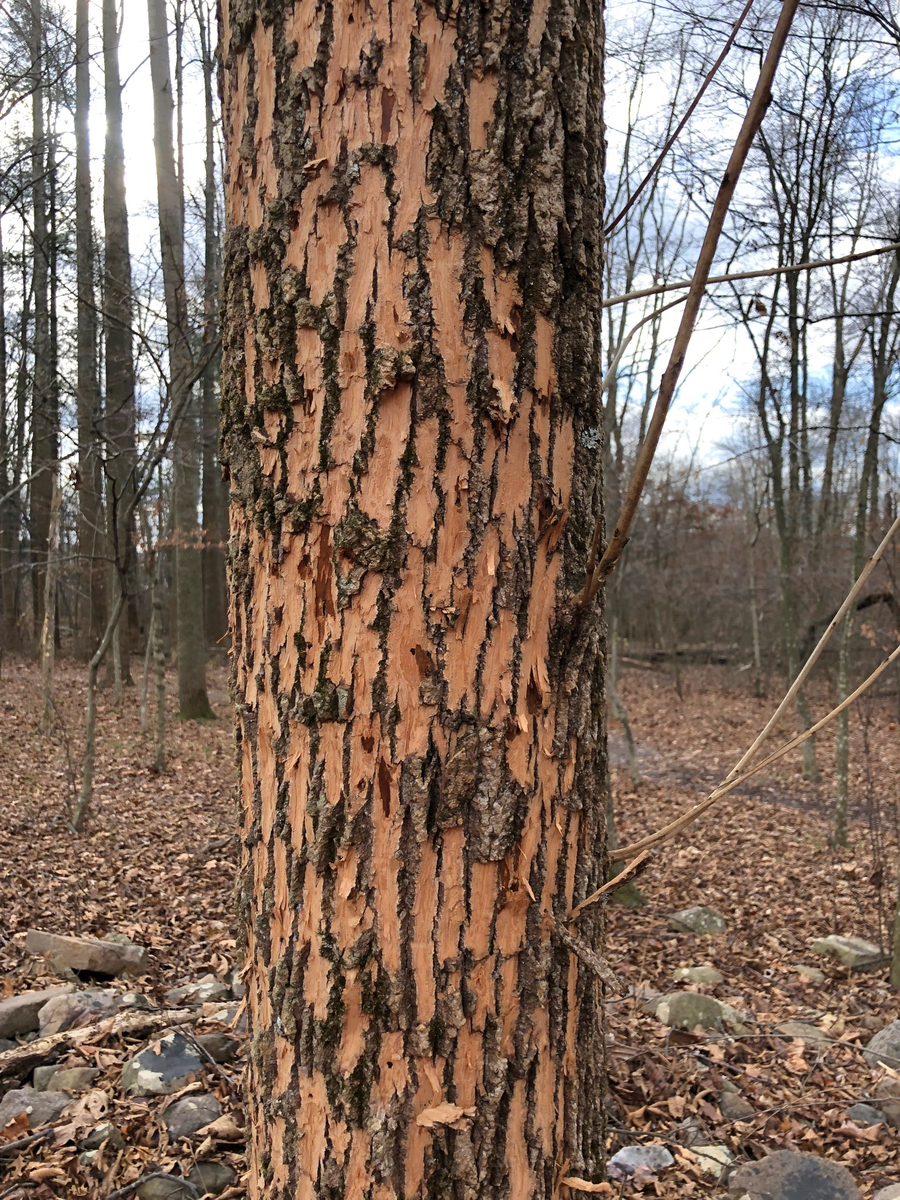Emerald Ash Borer
Actions Taken by the City
In order to control the spread of the emerald ash borer on its territory, the City adopted, in 2015, by-law number 775 which aims to introduce measures to counter the spread of outbreaks.
During the summer 2019, inspectors have conducted an inventory of all ash trees located on the City's territory in order to assess the emerald ash borer situation and put in place infestation management measures. They had the mandate to list all ash trees, including those on private property. The results of the inventory were presented in fall.
On January 6, 2020, by-law number 819 relating to the establishment of a subsidy program for the felling of an ash tree and its replacement came into effect. This regulation mainly establishes a subsidy program in environmental rehabilitation in order to reduce the impacts of the emerald ash borer to maintain canopy cover on the territory of the City of Sainte-Anne-de-Bellevue. For more details on the terms and conditions of payment of the grant, we invite you to consult the Subsidy program to provide financial aid in the fight against the spread of the emerald ash borer section.
What is the Emerald Ash Borer?
The emerald ash borer (Agrilus planipennis) is a species of metallic wood-boring beetle native to East Asia, including China and the Russian Far East.
Most species of North American ash trees are very vulnerable to this beetle, which has killed millions of trees in Canada in forested and urban areas.
No North American natural predators, such as woodpeckers, other insects or parasites have been able to slow the spread of the emerald ash borer or keep trees from being killed by it. Up to 99% of all ash trees are killed within 8-10 years once the beetle arrives in an area.
It can fly several kilometres, however, the transport of firewood is the main factor of propagation. It is therefore essential not to transport firewood from a region to another to avoid spreading the infestation to areas that are not yet affected.
Impacts
Emerald ash borer infestations cause significant ecological and economic impacts in forested and urban habitats:
- In forest habitats, losing the majority of ash trees can affect tree species composition, natural forest succession, and nutrient cycling. Habitats also become more vulnerable to invasion by exotic plants.
- After an infestation remaining beetles can kill new growth, jeopardizing forest recovery.
- In urban areas, infestations have killed tens of thousands of ash trees planted in parks and along streets.
- Municipal governments are responsible for removing dead ash trees on urban land. Infested trees should be chemically treated or removed and replaced, which can be a significant economic burden.
- Losing urban canopy can increase homeowner heating/cooling costs and can affect people with health issues such as respiratory illnesses.
Infestation Signs
Signs become visible 3 or 4 years after the onset of infestation. The most striking signs are a general decline of the tree, indicated by:
- premature yellowing of foliage
- dead branches
- thinning-out at the top
- "S" shaped larval galleries under the bark
- "D" shaped exit holes on the bark
- Peak holes and bark removed by squirrels
- Feeding notches on foliage
- Presence of the apple comma mealybug
The tree generally dies in under 7 years.
Subsidy Program
For all the details, visit the page regarding the Subsidy Program to provide financial aid in the fight against the spread of the emerald ash borer.
Additional Information






